The TPMS is the Tire Pressure Monitoring System. In the past, you’d only find a TPMS on premium car brands like BMW or Mercedes, but these days you’ll find it fitted as standard on most vehicles.
If the TPMS light comes on when you are driving it means that one or more of your tires is losing air and you may have a puncture.
Tire Pressure Monitoring System – How It Works
The tire pressure monitoring system actively monitors the individual tire pressures on your car using electronic sensors.
If the pressure drops in one or more of the tires, then the system is alerted by the relevant sensor, and the TPMS light will illuminate on the dashboard.
There are two common types of tyre pressure systems available. Both work in a different way, using different sensors and different methods of operation.
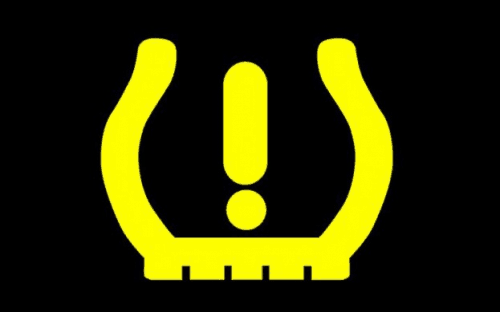
The TPMS light illuminates when it detects a drop in tire pressure
Different Types of TPMS Systems
Not all TPMS systems are created equal. Depending on the vehicle manufacturer, your car may be using a direct or indirect TPMS.
1. Direct TPMS
As its name implies, a direct TPMS takes a reading of tire air pressure directly from the tyre, just like a handheld tire pressure gauge.
Each tire has an air pressure sensor built-in to the tire’s pressure valve or in the rim of the tire. The TPMS sensors are battery operated, and have an internal mercury switch that lets them know when the tire is rotating and when it is not.
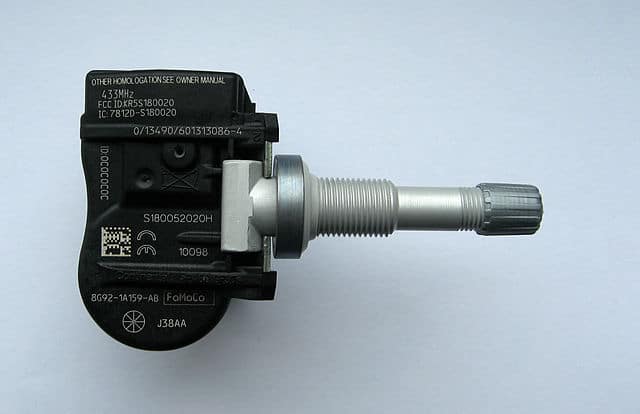
The sensors also have a wireless chip that sends air pressure information to the TPMS system when the car is moving.
The information from the sensors is processed by a central module, in some cases the same Body Control Module (BCM) that manages the instrument panel and other functions. On some vehicles, it uses its own dedicated module.
The TPMS computer software has a preset air pressure threshold. If any tire pressure falls below the threshold the instrument panel light will illuminate.
2. Indirect TPMS approach
The indirect TPMS uses less straightforward but also effective approach for measuring tire’s pressure.
It utilises the ABS system and its existing sensors.
The Anti Lock Brake System (ABS) has four sensors that are constantly reading the speed of each tire. Since tire diameter is related to its air pressure, this can be used to indirectly measure the tire’s air pressure.
As a tire become deflated its diameter reduces and its rotational speed changes. On indirect TPMS systems, the ABS computer sends this information to the TPMS module that in turn uses the data to check if the tire pressure has changed.
Direct Vs Indirect TPMS
Which system is better? Which one is more accurate?
That depends on the perspective. Remember, the TPMS was not created to replace tire pressure gauges. It’s a safety system, its objective is alerting the driver to a potential risk.
Both systems (direct and indirect TPMS systems) work equally well.
That said, direct TPMS is more accurate under normal weather conditions. Unfortunately, during extreme cold/hot seasons direct TPMS may report incorrect values. As its sensors are battery operated they are also susceptible to fail over time.
Indirect TPMS approach on the other hand, is always less accurate as it can’t report the exact tire pressure. However, it’s not affected by changes in the weather and its sensors don’t need a battery to work.
Differences between Direct and Indirect TPMS
|
Direct TPMS |
Indirect TPMS |
|---|---|
|
Uses dedicated sensor mounted inside the tire |
Uses existing ABS sensors |
|
Can give a very accurate pressure and temperature reading |
Doesn’t give an accurate pressure reading |
|
Calculates tire pressure using a pressure sensor |
Calculates a change in pressure when the tire reduces in size |
|
The sensor must be changed when the tire is changed/wears out |
The sensor is not changed when with the tire |
What To Do When Your TPMS Light Comes On
Quick answer, it depends. There are several scenarios and each one is different from the another.
TPMS light stays on. Assuming that your system is working as expected, the light indicates that at least one tire is below its expected air pressure. You should pull over and perform a manual check on each tire (unless your instrument panel points out to an specific tire). If the tire pressure is ok then you may start suspecting of the tire air pressure sensor (direct systems).
TPMS light lits occasionally. There are several explanations for this behavior. One possible cause is that one of your tires is running on an “edge air pressure”, just in the programmed threshold. Another explanation is again, a faulty TPMS sensor. A weak sensor battery is also a possible cause. Nevertheless, no matter the cause, you should pull over and start checking tire pressure. Always keep in mind that safety comes first.
TPMS light flashes and then stays on. In most cases this is an indication of a TPMS problem. However, once again, it’s highly recommended to pull over and check the tire’s pressure.
How To Reset The TPMS Light
There are some situations when you may want to reset the TPMS. For example, if you buy a new set of tires, if a cold winter or hot summer is coming, or if you suspect from a TPMS sensor is failing. Before resetting this system keep in mind the golden rule regarding TPMS, always double check tire pressure first.
When it comes to resetting TPMS you have many options available. Using one or another will depend on your TPMS model. Always refer to the appropriate OEM literature and use official procedures when possible.
Driving the car at 50 mph. This is arguably the easiest method of all. Many TPMS modules recalibrate when you drive the car at 50 mph for 10 miles. Speed should be constant so is suggested to find a suitable road for using this option.
Using car’s TPMS reset button. The second easiest method for resetting the TPMS is using (you guess it) its reset button. Not all vehicles come with a TPMS reset button, so you will need to read the owner’s manual to find out if that’s your case.
Disconnecting and reconnecting the car’s battery. Another easy DIY method is by forcing the TPMS to recalibrate. In some systems this can be done by disconnecting the battery for two minutes and then reconnecting it. Once again, keep in mind that this won’t work on all TPMS models.
Using a professional TPMS reset tool. Newer TPMS models requires a special reset tool to calibrate the system. This function is also available in many professional automotive scan tools. The introduction of TPMS-specific tools makes the system more flexible, since you can change the rim diameter and reprogram TPMS to avoid false positives on indirect reading systems.
As with any other security system, if you have any doubt then hire a professional. Driving with an improper tire pressure is a potential risk that you should avoid at all cost.







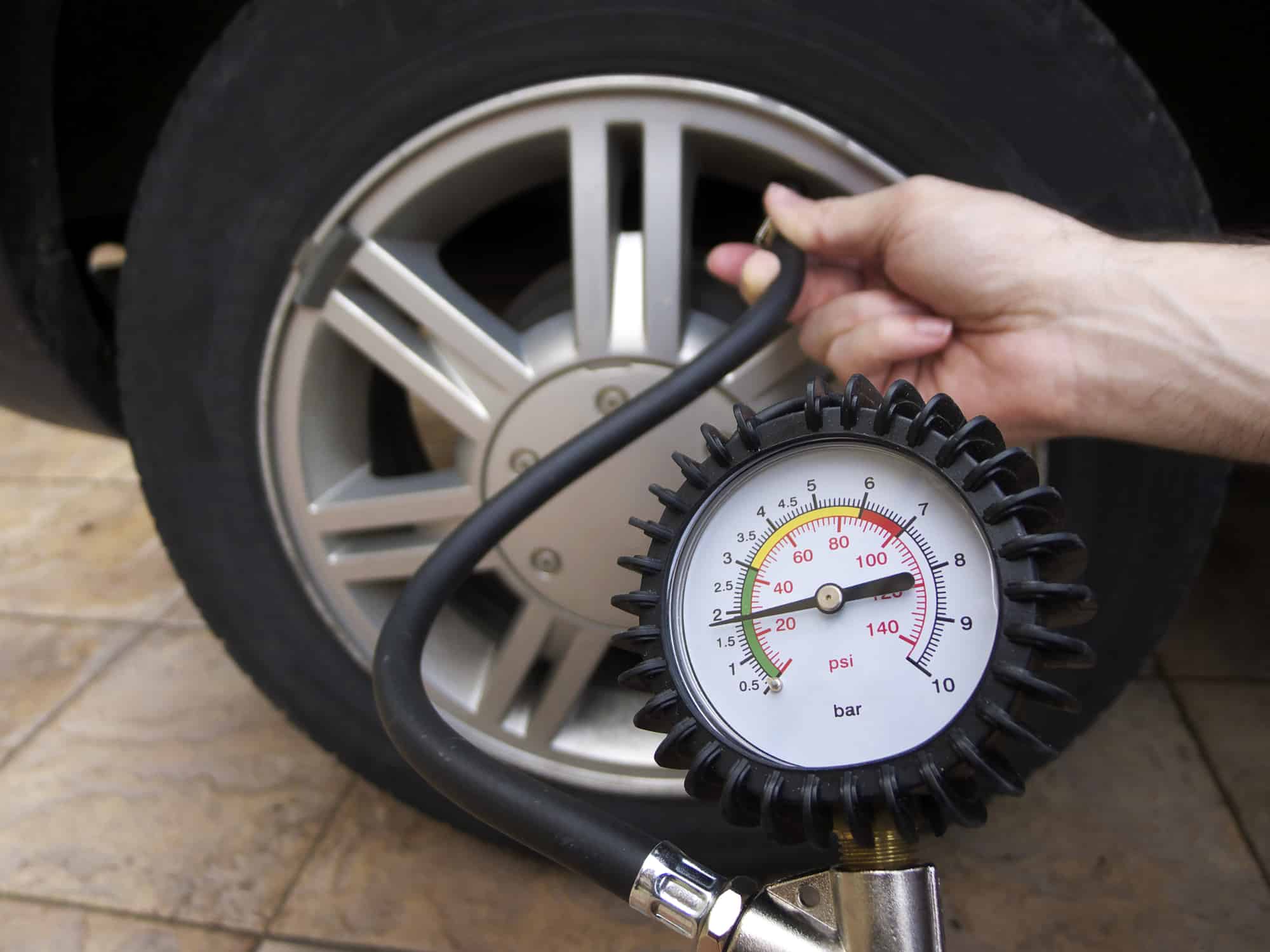
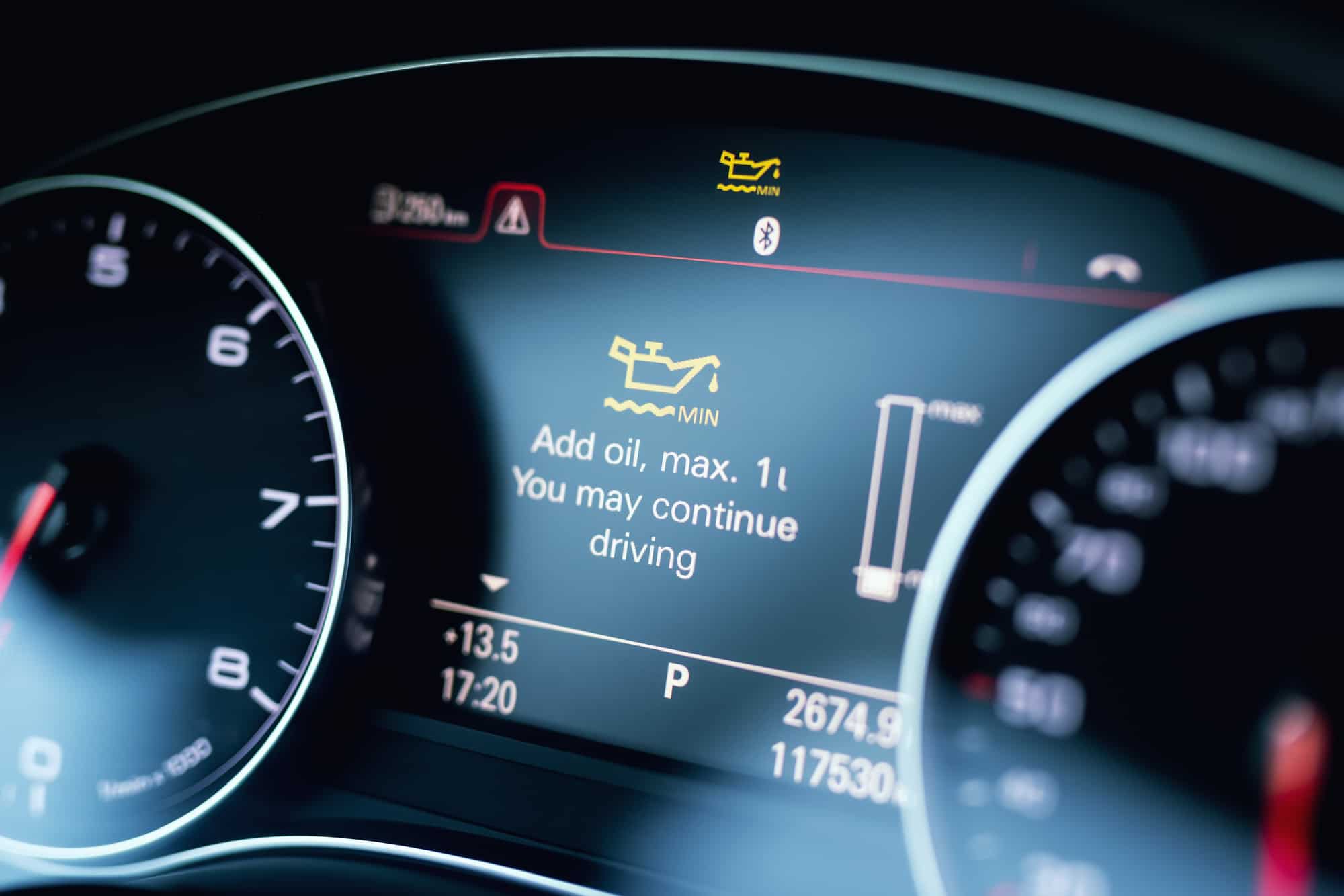
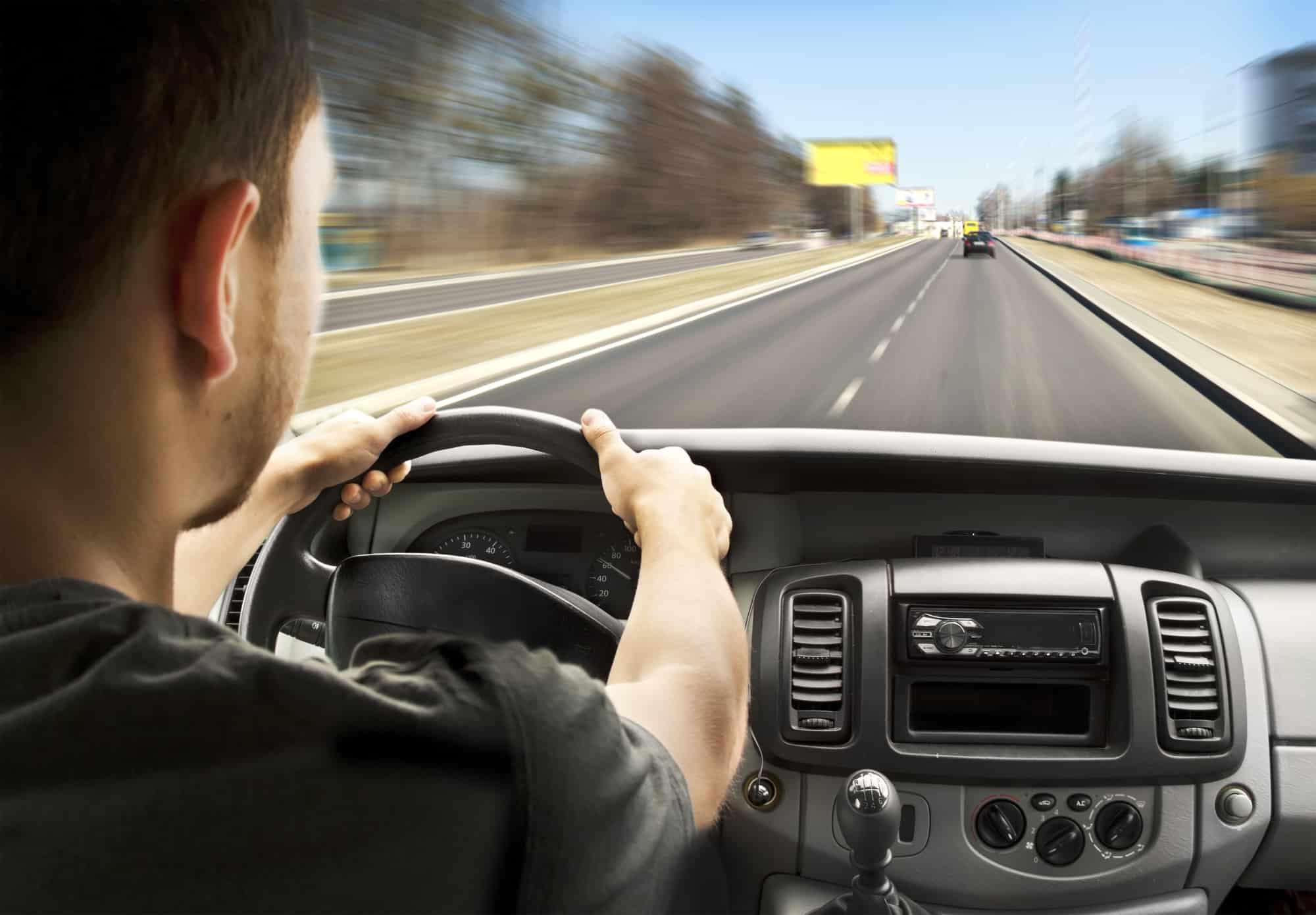

I’ve noticed my TPMS light occasionally lights up but my tires seem fine. Could this be due to a battery issue in the sensor, and if so, how often do these batteries typically need to be replaced?
I’ve noticed my TPMS light comes on occasionally, especially when I start driving in the morning, but then it goes off after a few minutes. Should I be concerned and have it checked immediately, or is this normal behavior due to temperature changes overnight?